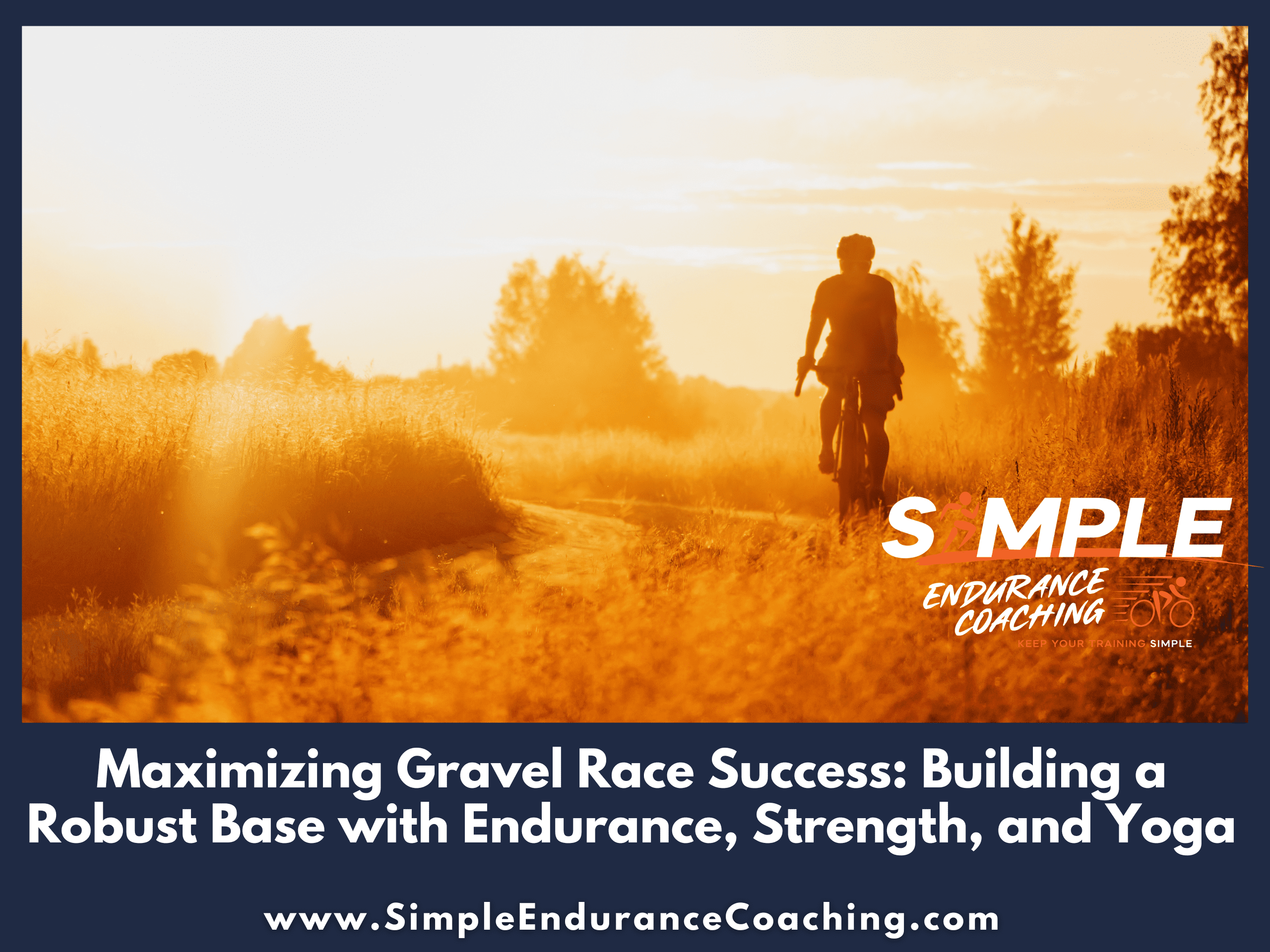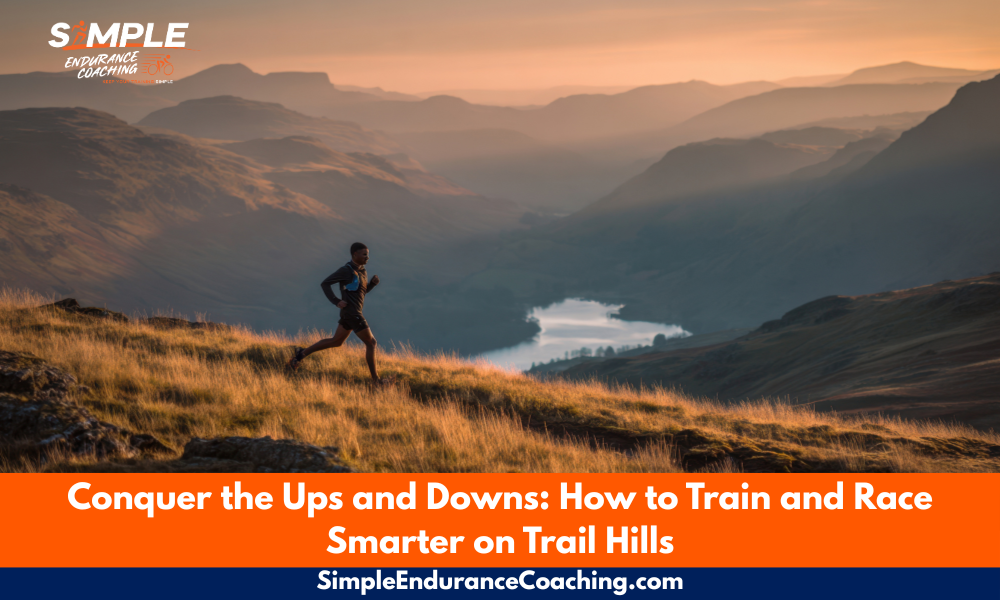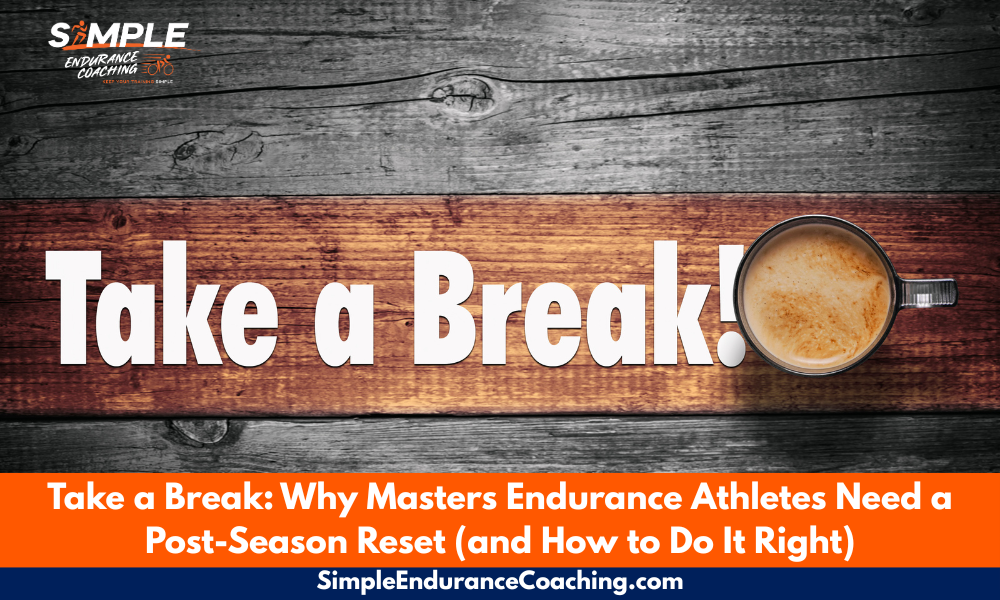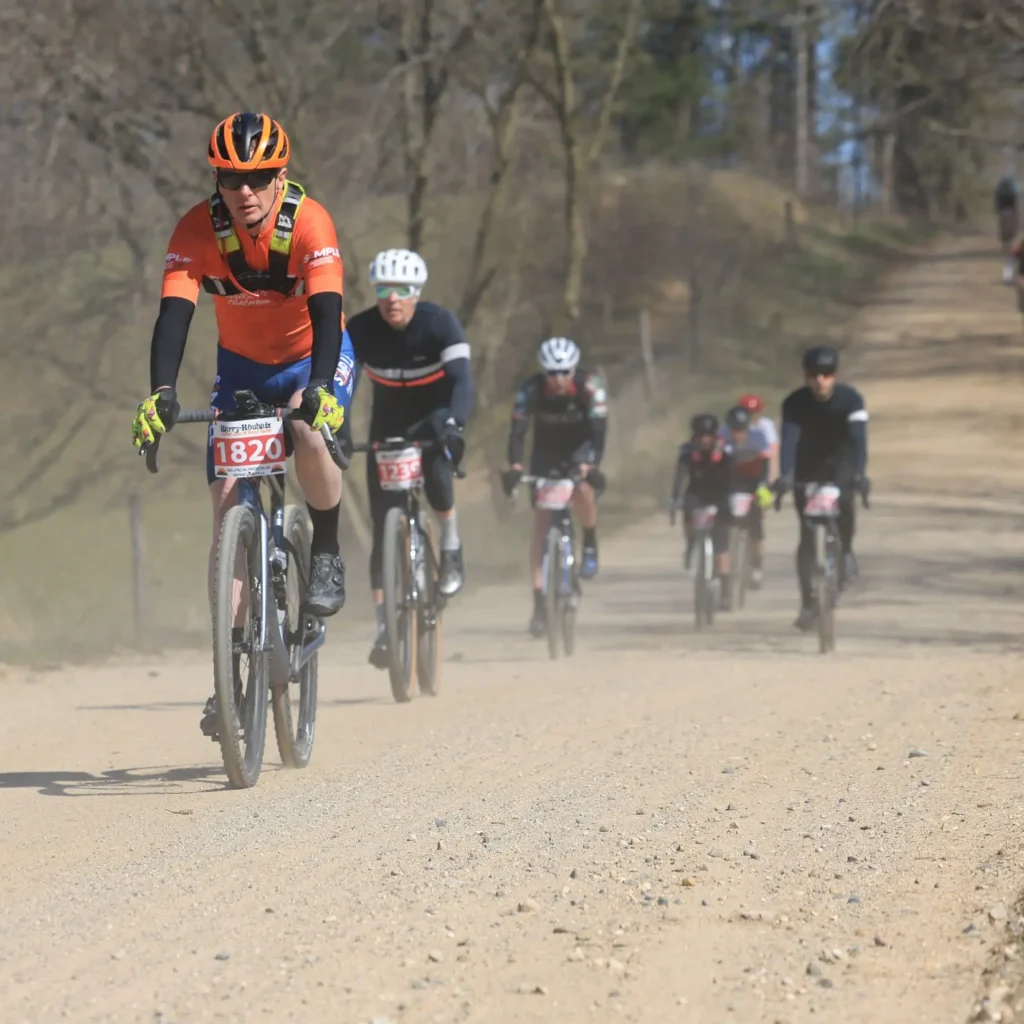Maximizing Gravel Race Success: Building a Robust Base with Endurance, Strength, and Yoga
If you are preparing for a long gravel race this year, laying a solid foundation or “base” right now is crucial.
This base is not just about logging miles but also about incorporating strength training and yoga to enhance strength and mobility.
This is a general preparation phase where you build the capacity to train harder before the main event.
You’re getting your body ready to tackle the tough training you need to do to comfortably finish a long gravel race.
Think of base training as the foundation of a building; the larger the foundation, the taller and larger the building can be.
And if you’re racing all year, doing, for example, the whole Big River Gravel series, you need a strong base of fitness.

Understanding the importance of Base building
Base training is the first phase of a structured training plan.
It’s about developing a strong aerobic engine, which is essential for endurance sports like gravel racing.
A well-developed aerobic base allows your body to efficiently use oxygen and conserve glycogen stores in your muscles and liver – critical for long-distance events – by becoming better at burning fat.
Plus, you build more and larger mitochondria in your cells to produce energy, which also helps your body’s capacity to burn fat as a fuel, which we all have in virtually unlimited stores.
Key components of Base training:
- Endurance rides: These are long, steady rides at a moderate intensity, roughly 50 to 70 percent of the maximum heart rate you’ve seen. They should form the bulk of your base training, helping to increase your aerobic capacity and endurance. You should be able to talk easily with another person and breathe mostly through your nose.
- Strength training: Incorporating strength training is vital. It builds muscle strength, improves power output, and reduces the risk of overuse or injury. Focus on full-body compound movements like deadlifts, as well as push (chest press) and pull (row) exercises.
- Yoga and mobility work: Yoga improves flexibility, balance, and core strength. Regular yoga practice can also aid in recovery, reduce muscle soreness, and enhance overall mobility, crucial for long hours in the saddle.
Structuring your Base training
Building endurance
- Duration: 8-12 weeks.
- Focus: Gradually increase the length of your endurance rides. Start with what you’re comfortable with and aim to increase volume by about five to 10 percent each week. In the beginning, you might be able to increase it more, but as you work up to longer distances, you’ll increase it less.
- Intensity: Keep the intensity easy. Use heart rate zones or perceived exertion to stay in the aerobic zone. One good way of monitoring your intensity is breathing through your nose and keeping your mouth closed. You should also be able to have an easy conversation with others.
- Frequency: Get in one long as possible ride in a week, plus three to four shorter endurance rides.
Strength and mobility
- Duration: Concurrent with endurance training.
- Strength training: Two to three times a week for 30 to 45 minutes. Focus on your entire body, especially core strength. We’ll get into strength training more fully in a later article.
- Yoga: Incorporate yoga sessions 1-2 times a week. Focus on poses that target typical cyclists’ problem areas like hips, hip flexors, and lower back. Think mobility, not flexibility.
Nutrition and recovery
- Nutrition: Fuel your body with a balanced diet of carbohydrates, proteins, and healthy fats. Don’t forget to hydrate adequately.
- Recovery: Prioritize rest and recovery. Ensure you’re getting enough sleep, and consider active recovery days where you focus on light activities like walking or gentle yoga.
Include some intervals during Base
Generally, I do recommend that you include one hard interval session a week.
For my athletes, we work on weaknesses, like your capacity to go really hard, or higher cadence work.
This is also a good time to get in some Zwift racing to keep your winter training more interesting.
Your primary focus, though, is the slow, easy miles that bring about a lot of adaptations in your muscular and cardiovascular systems without much fatigue.
Building a base is holistic
Building a strong base for a long gravel race is about more than just racking up slow, endurance miles.
It’s a holistic approach that includes endurance training, strength workouts, and yoga for improved strength and mobility.
By following these guidelines, you’re setting yourself up for a successful and enjoyable race experience.
Remember, consistency is key, and always listen to your body to prevent overtraining.
Three things to know about building a base for gravel racing
- Ride lots but go slower than you expect so that your heart rate is 50 to 70 percent of your maximum.
- Do several rides during the week, and increase the time length of one of them each week to build up to a long ride.
- Make sure you’re recovering with good nutrition and yoga.
Training plus experience
I’m a Level 2 USA-Cycling Coach, a certified yoga instructor, and a certified personal trainer.
I support everyday endurance athletes at Simple Endurance Coaching, based in Milwaukee.
Plus I’ve been racing gravel, road, mountain bike, and cyclocross for decades, so I’ll bring both experience and training knowledge to help you to your best gravel race performances in 2024.
I’ll be racing the Big Rivers Gravel Series, the Hungry Bear, likely the Coon Fork 40, and other gravel races this year.
I’m always available for a free 30-minute Virtual Coffee to talk about your training and your goals.
Thanks, and I look forward to meeting you.




